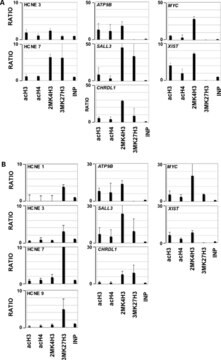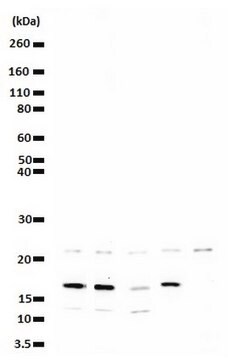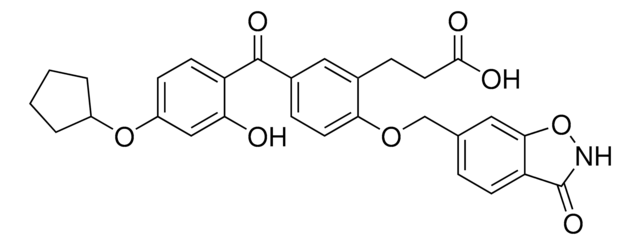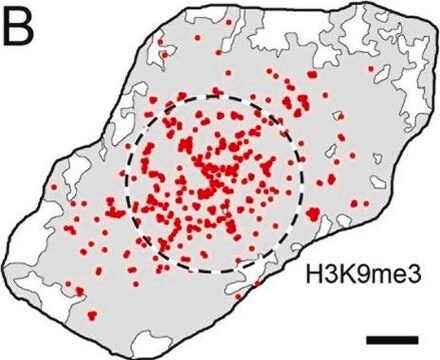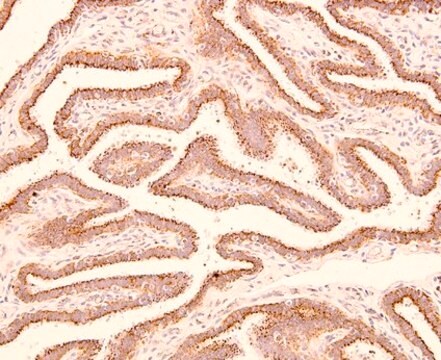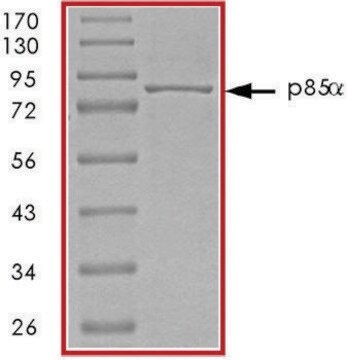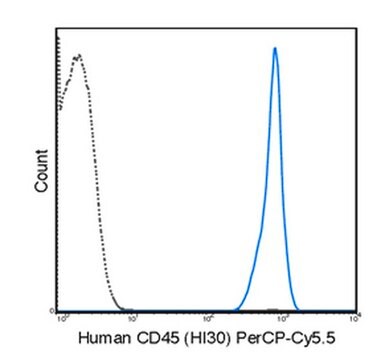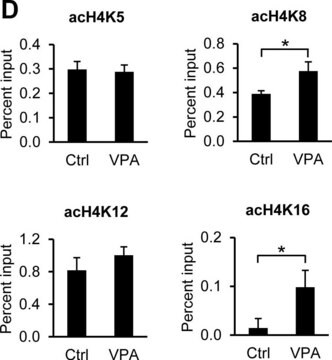07-595
Anti-acetyl-Histone H4 (Lys12) Antibody
serum, Upstate®
Synonim(y):
H4K12Ac, Histone H4 (acetyl K12)
About This Item
Polecane produkty
pochodzenie biologiczne
rabbit
Poziom jakości
forma przeciwciała
serum
rodzaj przeciwciała
primary antibodies
klon
polyclonal
reaktywność gatunkowa
Saccharomyces cerevisiae, human
producent / nazwa handlowa
Upstate®
metody
ChIP: suitable (ChIP-seq)
dot blot: suitable
western blot: suitable
izotyp
IgG
numer dostępu NCBI
Warunki transportu
dry ice
docelowa modyfikacja potranslacyjna
acetylation (Lys12)
informacje o genach
human ... HIST2H4B(554313)
Opis ogólny
Acetylation of histone H4 occurs at several different lysine positions in the histone tail and is performed by a family of enzymes known as Histone Acetyl Transferases (HATs).
Specyficzność
Immunogen
Zastosowanie
Epigenetics & Nuclear Function
Histones
Jakość
Opis wartości docelowych
Postać fizyczna
Przechowywanie i stabilność
Komentarz do analizy
Acid extracted proteins from HeLa cells treated with sodium butyrate
Inne uwagi
Informacje prawne
Oświadczenie o zrzeczeniu się odpowiedzialności
Nie możesz znaleźć właściwego produktu?
Wypróbuj nasz Narzędzie selektora produktów.
Kod klasy składowania
10 - Combustible liquids
Klasa zagrożenia wodnego (WGK)
WGK 1
Certyfikaty analizy (CoA)
Poszukaj Certyfikaty analizy (CoA), wpisując numer partii/serii produktów. Numery serii i partii można znaleźć na etykiecie produktu po słowach „seria” lub „partia”.
Masz już ten produkt?
Dokumenty związane z niedawno zakupionymi produktami zostały zamieszczone w Bibliotece dokumentów.
Nasz zespół naukowców ma doświadczenie we wszystkich obszarach badań, w tym w naukach przyrodniczych, materiałoznawstwie, syntezie chemicznej, chromatografii, analityce i wielu innych dziedzinach.
Skontaktuj się z zespołem ds. pomocy technicznej